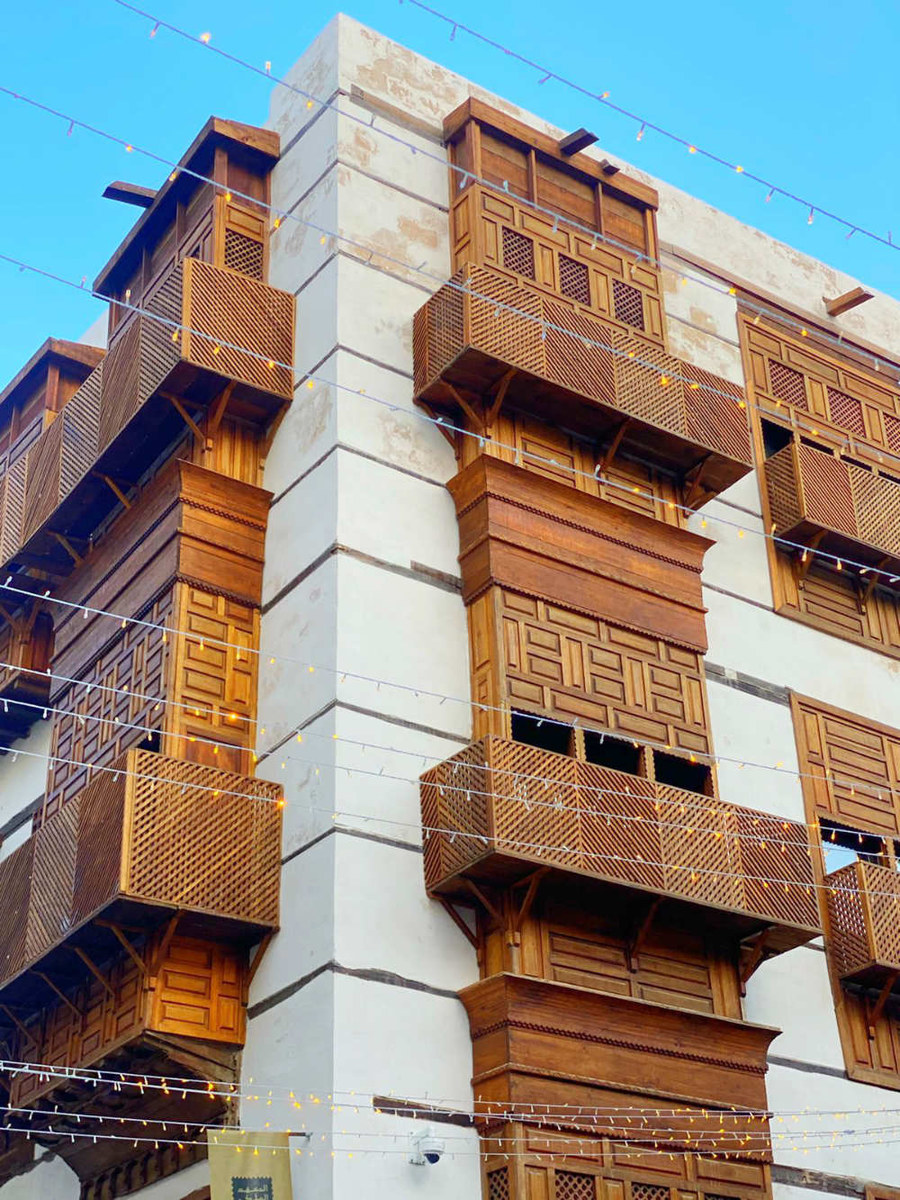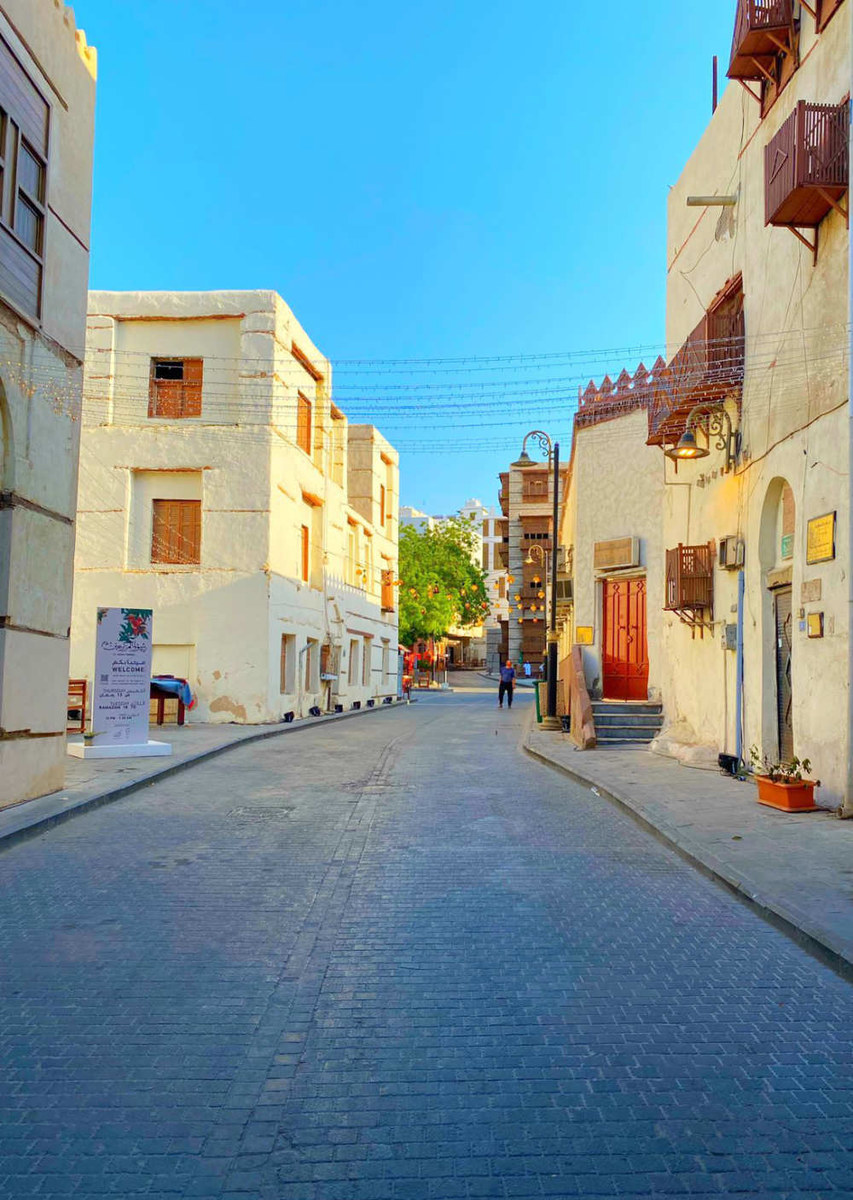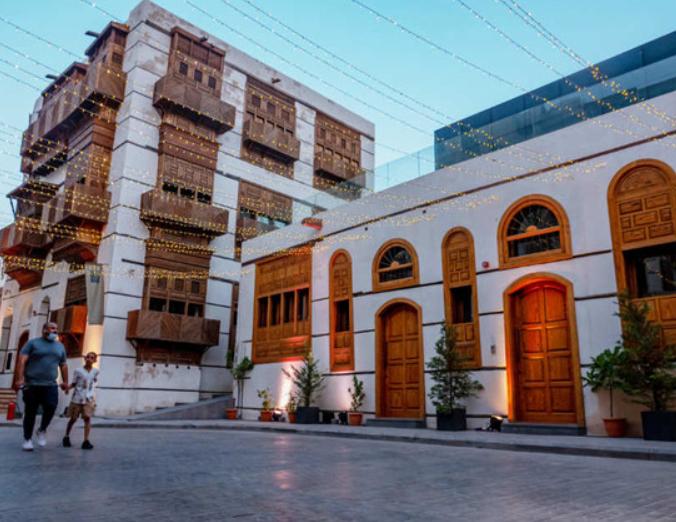
Exploring the oceanic materials used in Historic Jeddah’s Hejazi houses
Historic Jeddah has undergone many renovations of its buildings. However, some unpainted patches reveal oceanic materials still a part of their structure today.
Sea mud, coral limestone and coral reef extracts were used as building materials over 500 years ago.
Abdullah Al-Hodaif, owner of Al-Hodaif Museum, a six floor center and one of the tallest buildings in Al-Balad, said that homes were known for their decorations, ornaments, and inscriptions.

“Hijazi houses in Historic Jeddah are a mirror that reflects the culture of the residents of those houses, and traditions that affected and influenced the formation of the houses,” he told Arab News.
The building stones used in historical homes are coral limestone extracted from the coral reefs along the Red Sea coast, and some were brought from what was then Al-Ruwais beach — Al-Ruwais neighborhood today.
“As for the materials used in the construction, sea mud is used, and it is brought from the bottom of the ‘40th Lake’ and was used as an alternative to cement,” Al-Hodaif said.
He explained that wood was used as a basic material, and can be seen in the entrances to the main houses in various forms, as well as in the wooden window coverings called “roshan,” which are decorated with Islamic inscriptions and earthy colors.

“Roshans show the characteristics of the ancient Arabs in not leaving the house exposed to passers-by outside, and preserving the privacy of the house, where the design of the windows is based on meandrous patterns that combine aesthetics and techniques to provide ventilation while blocking vision from the outside,” said Al-Hodaif.
“It also acts as a barrier to reduce the amount of dust carried by wind entering towards the house, by colliding with the large wooden facades, and it reduces the wind speed and reduces the sand grains falling through the small openings in the roshan,” he added.
Tour guide Bandar Al-Harbi said coral limestones were one of the essential building materials for Jeddawi houses. “People back then used materials from their environment. Locals call it ‘mengabi’ stone,” he said.
“Jeddawi houses in particular became registered as a heritage site (with) UNESCO in 2014. Over 600 houses are still here, and Crown Prince Mohammed bin Salman made generous donations to restore these buildings in 2018,” Al-Harbi added.
The second essential material was wood, despite Jeddah not having many trees “or agricultural prosperity due to lack of sweet water,” he said.
“This means that wood was also a rare material. People imported wood from outside Jeddah and the nearest valley to get wood from was Fatimah valley,” Al-Harbi added.
The highest quality wood would come from India and East Asia, “which withstood hundreds of years.”


























